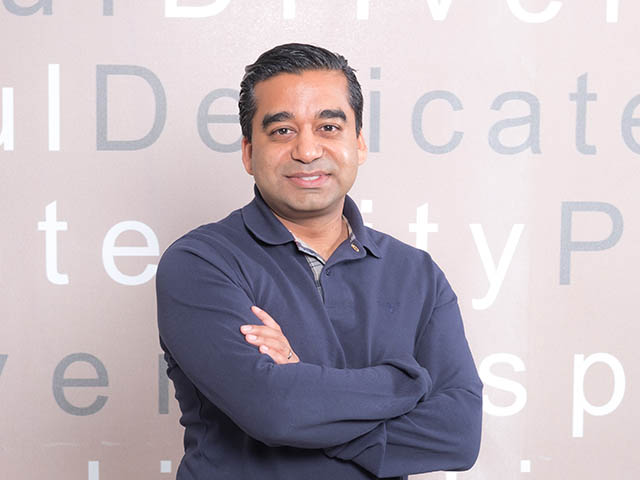Microsoft Dynamics - Are you ready for a new world? Part 2
By Ryan Noik 5 December 2017 | Categories: feature articles
Continuing from Part 1 of an illuminating Digital Dialogues session with Microsoft South Africa, Kethan Parbhoo, the chief marketing operations officer at Microsoft South Africa, highlighted a few trends that businesses and individuals can look out for in the years to come.
The first of these is that computing will shift from siloed data to organised data, particularly as the use of artificial intelligence (AI) gains momentum. This means that data would more quickly and efficiently be used to streamline users’ experiences, from applying for and having a loan approved, to connected cars which access traffic information and respond accordingly.
Send in the robots
As an example of just how dramatically AI, smart machines and chatbots could affect businesses, Parbhoo related a recent story where JP Morgan deployed AI to perform 360 000 hours worth of mundane financial work in seconds. By using AI, it didn’t just cut man hours required to do the same job, it also reduced the number of loan servicing mistakes.
And then there is the chatbot, DoNotPay, which automates legal services and overturned 160 000 parking tickets in the US. This is now being used to help refugees in the US, Canada and the UK apply for asylum.
However, Parbhoo is of the opinion that robots, AI and smart machines won’t completely replace human beings, as people will always be needed to create the AI in the first place. “Rather, I think it will be a matter of how AI can be used alongside humans to augment our lives,” he noted. “The big question is how companies that aren’t embracing AI are going to keep up with companies that do,” he added.

Eye spy a better way
Another trend in computing that Parbhoo believes is worth watching out for, is how the user interface is set to change from being visible or readily apparent, to invisible. He gave the example of Windows 10’s eye tracking, which can be used to help those who are paralysed to navigate a computer and communicate with the world.
He explained that this is terrific for people with diseases like amyotrophic lateral sclerosis (ALS), who eventually are only able to move their eyeballs. “Microsoft worked with different support groups to understand how to help these people communicate. That is just an example of using new forms of interfaces that you would not have thought possible,” he added.
Yet another trend is the shift to an interaction with augmented and mixed reality, both in the consumer space and business arena, using the likes of HoloLens. While Pokémon Go stands out as a typical example of augmented reality being used to capture consumers’ attention – with more apps in a similar vein coming soon – augmented reality also has its uses in manufacturing and architecture, for example.
The user is king
The final trend that Parbhoo noted was the evolving interaction between users and businesses. The former, he explained, will determine what they want, when they want it. He elaborated that because of access to technologies and the pervasiveness of information, their demands are continuously evolving, and businesses need to be able to respond to that.
“Back in 1997 the strategy was to develop a product, tell consumers what they will buy, and market the hell out of it. Now, people are telling businesses what they want, and because of choice, they will buy what they want when they want it,” he continued.
This means that businesses can no longer take five years to develop a product and then bring it to market, because during that period of time, it is likely that a competitor has developed something that is even better. Thus businesses across the board, do and will, need a more agile mindset as to how they are going to respond to consumer demand.
Most Read Articles

Have Your Say
What new tech or developments are you most anticipating this year?



